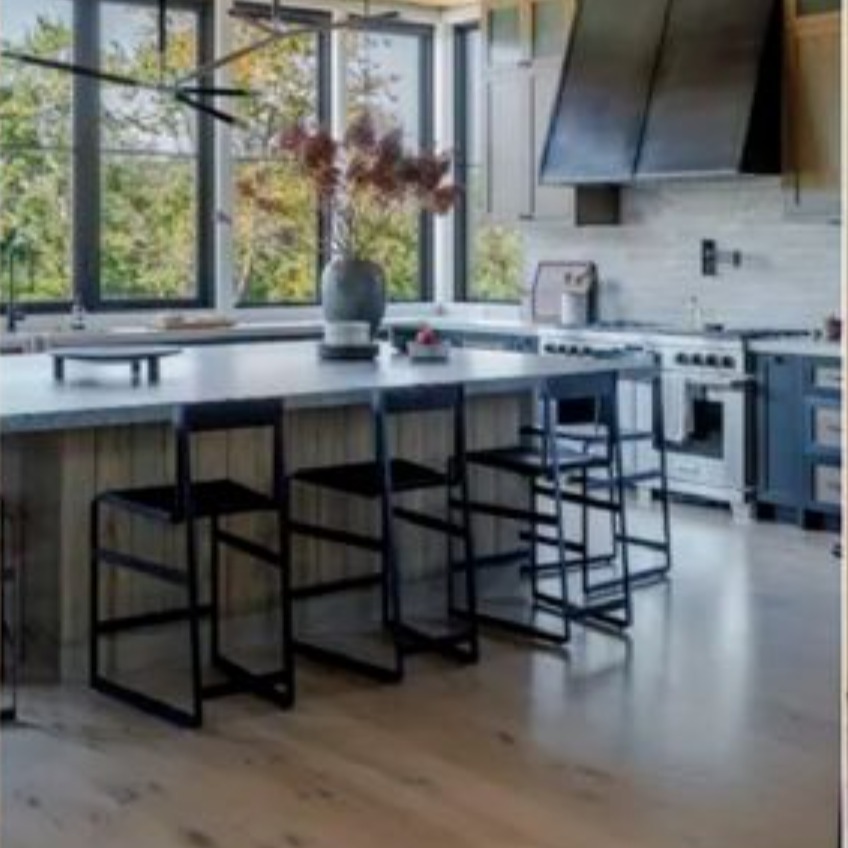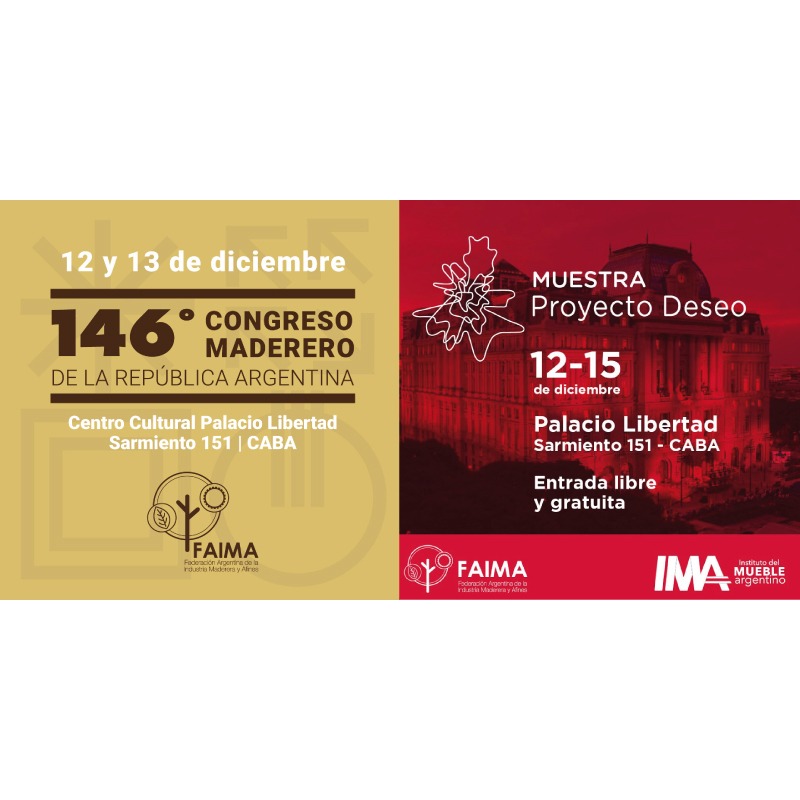
Wood or tiles: What type of floor is better for a kitchen?
The answer may surprise. It is about achieving warmth, texture and lasting attraction. The options for the kitchen according to wood or tile floors. Choosing the right floor for the kitchen is essential not only for the appearance of space, but also for its practicality. While wood or tile floors are excellent options from the visual and functional, are there any prevailing over the other? What option is better? The wooden and tile floors for the kitchen offer two different styles in the same design, creating contrasting styles.
Maderala apartments Trend in how many cooking floors is that the appropriate material and colors are chosen to prevent the space from seeing cold. And the wood seems to be the chosen floor ? Wood floors provide warmth and ability to connect spaces without problems. It is recommended are the toughest and durable types of wood such as white oak or walnut. ? As a wooden floor, white oak is a versatile option, since it provides character and is resistant to daily wear. ? Wood Espiga are also gaining popularity in kitchens, thanks to their sophisticated and timeless design, and their practical advantages of tile, porcelain, or natural stone, are excellent options for very busy or outdoor kitchens ? For a kitchen with a rustic style there are some truly timeless options, both wood and tiles. For example, recovered wood can be a sustainable option, which provides texture and warmth, while natural stone tiles such as limestone (in neutral tones) can offer a timeless and organic sensation ? Although the ground of Wood can offer a better aesthetic, sometimes tiles are the most practical option, especially in kitchens that are most exposed to water than usual. In these cases, we must be creative with the choice of tiles, such as the use of a porcelain coating that imitates the natural wooden floor.
IT MAY INTEREST YOU
 BUENOS AIRES - The 146th National Congress Maderero de Faima will bring together experts in economics, construction and sustainable development in the region
BUENOS AIRES - The 146th National Congress Maderero de Faima will bring together experts in economics, construction and sustainable development in the region
Next Friday, December 13, Buenos Aires will host the 146th Madero Congress organized by the Argentine Federation of the wood and related industry (FAIMA). The event will take place from 8:30 a.m. to 4:30 p.m. at the 511 Auditorium of the Libertad Palace, located in Sarmiento 151, Autonomous City of Buenos Aires. The 146th Madero Congress of Faima, recognized as an annual meeting point for forest-industry, will be held on Thursday, December 12 and Friday, December 13 in Buenos Aires, and will be attended by prominent speakers and references in the sector, who will address Crucial issues such as economic dynamics, political challenges, and technological innovations in forest construction and development.
 Natural Christmas | Promote responsible purchases at the end of the year parties with sustainable decoration and forest gifts
Natural Christmas | Promote responsible purchases at the end of the year parties with sustainable decoration and forest gifts
The network of forest and environmental communicators in Latin America and the Caribbean (Recofalc) set out to promote a campaign that helps demystify the use of artificial trees over the natives. «These occur mainly from oil, generating a high carbon footprint. In addition, its transport to long distances and its posterior waste in tons of plastic and iron aggravate their environmental impact. Opting locally cultivated natural trees not only reduces the impact on emissions, but also fosters local economies and the sustainable use of the earth, ?they highlight from Recofalc.
 The Galicia forest that is one of the most impressive in Europe: more than 60 meters high, centenary trees and hiking
The Galicia forest that is one of the most impressive in Europe: more than 60 meters high, centenary trees and hiking
Entre rivers, mountains and incredible valleys, Galicia rises as one of the most impressive destinations in Spain. The region has countless charms, although one must highlight one, that is its incalculable natural heritage. This attracts countless travelers looking to get lost in their lush forests or enjoy landscapes taken from another planet on their cliff coasts. Eucalyptus is one of the symbols and stars in some of the most unique places of the community





















